Rising E-commerce Sales
The Ecommerce Bnpl Market is significantly influenced by the rising trend of e-commerce sales. As more consumers turn to online shopping, the demand for flexible payment options has surged. Recent statistics reveal that e-commerce sales have grown by over 20% annually, creating a fertile ground for BNPL services. This growth is indicative of a broader shift in consumer behavior, where convenience and accessibility are paramount. Consequently, the Ecommerce Bnpl Market is poised to capitalize on this trend, as retailers increasingly adopt BNPL solutions to attract and retain customers. The interplay between e-commerce growth and BNPL adoption suggests a mutually beneficial relationship that could drive further expansion in the market.
Technological Advancements
Technological advancements play a crucial role in shaping the Ecommerce Bnpl Market. The integration of artificial intelligence and machine learning algorithms enables more accurate credit assessments, allowing providers to offer tailored BNPL solutions. This technological evolution not only enhances the efficiency of the payment process but also mitigates risks associated with lending. As a result, the Ecommerce Bnpl Market is experiencing a surge in innovative payment solutions that cater to diverse consumer needs. Data suggests that the adoption of advanced technologies could lead to a 25% increase in BNPL transactions over the next few years, indicating a robust growth trajectory driven by technological innovation.
Competitive Market Landscape
The competitive landscape of the Ecommerce Bnpl Market is intensifying, with numerous players vying for market share. This competition drives innovation and enhances service offerings, ultimately benefiting consumers. As companies strive to differentiate themselves, they are likely to introduce more attractive terms and conditions for BNPL services. Recent analyses indicate that the number of BNPL providers has increased by 40% in the past year, suggesting a robust market entry by new players. This influx of competition may lead to improved consumer choices and lower costs, further propelling the Ecommerce Bnpl Market forward. The dynamic nature of this competitive environment is expected to foster continuous improvement and adaptation among service providers.
Enhanced Consumer Experience
The Ecommerce Bnpl Market is witnessing a notable shift towards enhancing consumer experience. As consumers increasingly seek convenience and flexibility in their purchasing decisions, the availability of Buy Now Pay Later options has become a pivotal factor. This payment method allows consumers to make purchases without immediate financial burden, thereby improving overall satisfaction. Recent data indicates that approximately 60% of consumers prefer retailers that offer BNPL options, suggesting a strong correlation between payment flexibility and consumer loyalty. Furthermore, the Ecommerce Bnpl Market is likely to continue evolving as businesses recognize the importance of catering to consumer preferences, potentially leading to increased sales and customer retention.
Increased Financial Literacy
Increased financial literacy among consumers is emerging as a significant driver in the Ecommerce Bnpl Market. As individuals become more informed about their financial options, they are more likely to utilize BNPL services responsibly. This trend indicates a shift towards a more educated consumer base that understands the implications of deferred payments. Data shows that consumers with higher financial literacy are 30% more likely to choose BNPL options, reflecting a growing acceptance of this payment method. The Ecommerce Bnpl Market stands to benefit from this trend, as responsible usage can lead to higher transaction volumes and reduced default rates, fostering a healthier market environment.


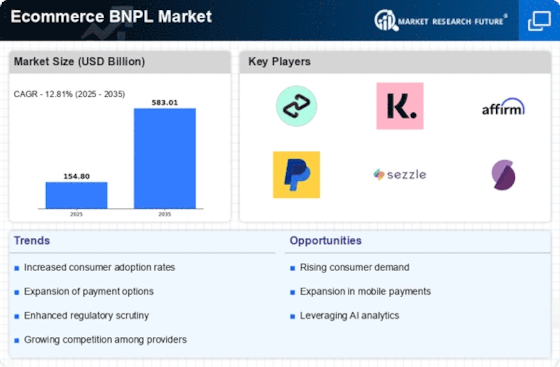
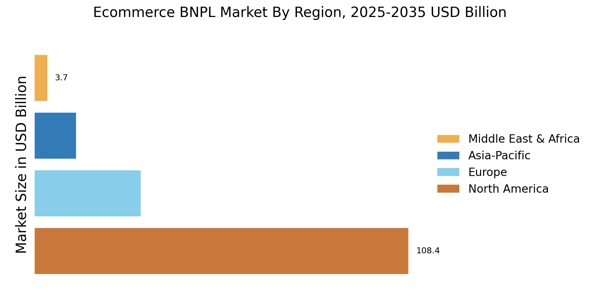
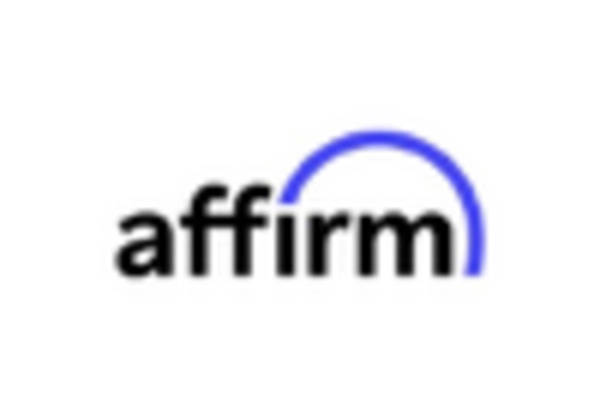


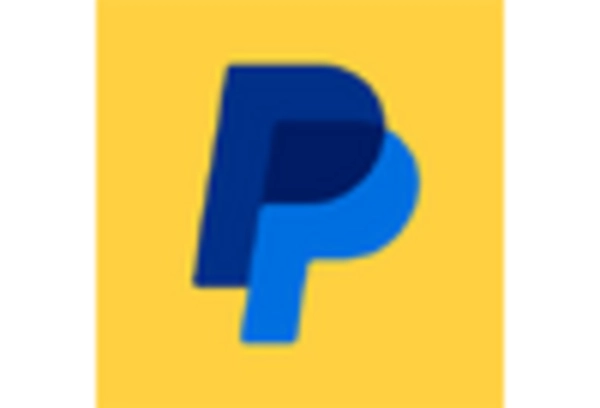
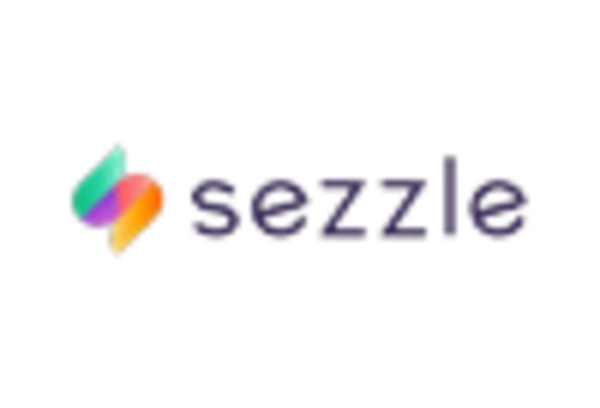
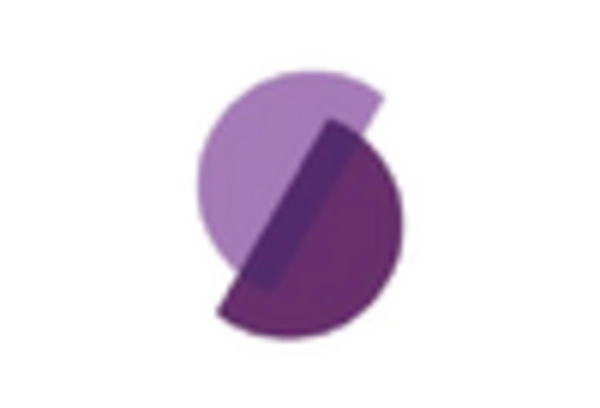








Leave a Comment